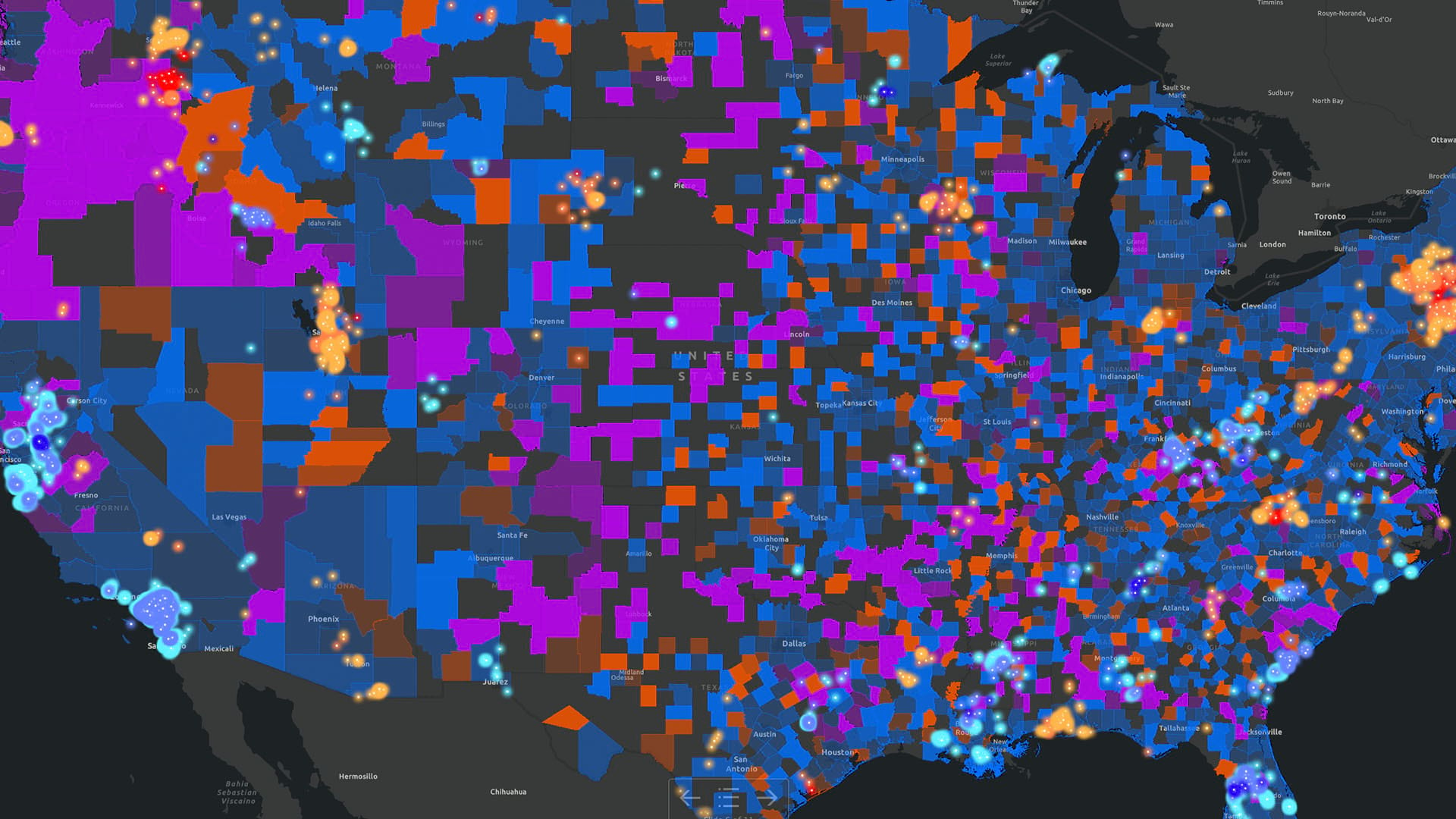
20 Nov Retailers Combine CRM and GIS to Understand Customers
Retailers Combine CRM and GIS to Understand Customers
It’s an open secret in today’s retail environment: Unified commerce is as much about data as it is about shopping. Best in class retailers are taking a hands-on approach to customer data—seeing it not just for what it is, but for what it becomes when combined with other data assets. These companies are integrating consumer insight with location data to discover new insight on where and how people shop.
In this NextTech installment, we’ll explore a burgeoning trend that combines two established technologies to deliver competitive advantage.
Omni channel
The promises and perils of omnichannel retail are well documented. Executives have read enough incendiary headlines to feel the breath of change on their necks. Many came of age during a time of retail predictability and growth, and now face customers unsatisfied with traditional shopping and delivery methods.
Retailers who have adapted to this new model—or are progressing toward successful adoption—have more to thank than good instincts and innovative teams. Invariably, they have the tools and techniques to make use of their data. Some, for instance, have segmented their customer base into core shopper profiles and are catering to where and how each segment likes to shop. Others have used location data and artificial intelligence to pinpoint the dollar value a physical store contributes to online sales in that geographic region—an important factor in predicting future revenue.
These insights emerge from the nexus of two technologies that have been key to retail success, but often exist separately: customer relationship management (CRM) and geographic information system (GIS) software.
McKinsey and the Growth Potential of Geospatial Analysis
A group of McKinsey consultants offered their view on the value of data in retail. Their central message was that with geospatial analytics, companies can quantify the bottom-line value of their stores across channels. A companies enjoy varying levels of access to customer data, and some will need to partner with third-party companies to fill information gaps. But regardless of how they access the data, companies that analyze it with geospatial technology tend to realize early wins and surface growth opportunities within a year, according to the McKinsey team.
As it turns out, geography remains an essential business consideration, even in an omnichannel world fueled by digital connections.
In this video, a hypothetical national retailer is visualizing where customers live and which shopping channels they prefer to use.Combining Two Data Sources
The discovery process for omnichannel retailers—and those aspiring to omnichannel status—often begins with CRM, the database that houses customer addresses and purchase histories. As innovative companies have discovered, GIS provides the analytical power to bring customer data to life for retail executives and decision makers.
A regional manager might use this CRM and GIS analysis to examine omnichannel trends in their region and adjust merchandizing and marketing to better suit certain consumer habits.
For deeper insight, a retail executive will use the AI capabilities within GIS to spot sales trends—areas where online or in-store sales are heating up or cooling off
This video shows what happens when CRM data on channel preferences is cross-referenced with data on customer spending.